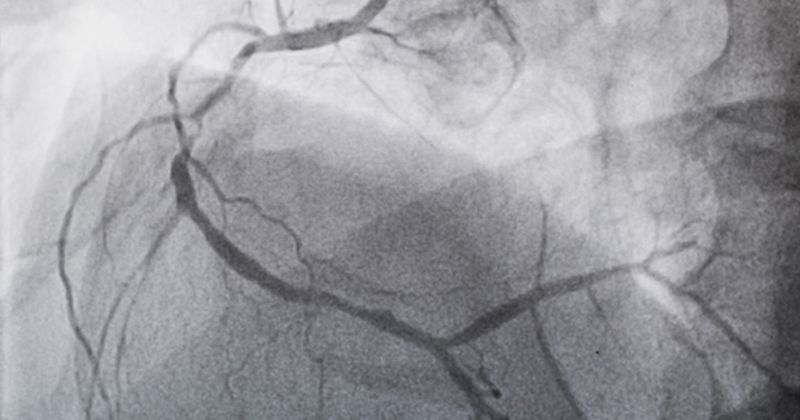Nasal lavage ‘only way’ to bring vasculitis-related chronic sinusitis under control
DESTIN, Fla. — Treatments for rare complications in vasculitis can range from high-dose prednisone to nasal lavage, according to a speaker at the Congress of Clinical Rheumatology East.
Philip Seo, MD, MHS, director of the Johns Hopkins Vasculitis Center, made no bones about the challenges in managing vasculitis.

“A lot of patients who end up in our clinic end up there because no one else knows what to do with them,” he said. “But we don’t know what do with them, either.”
Seo covered four complications that may arise in patients — aphthous ulcers, leukocytoclastic vasculitis, hypereosinophilia and chronic sinusitis.
Aphthous ulcers can occur in herpetiform at 1 mm to 3 mm and be found in clusters on the tongue and palate. However, they often heal in 1 to 4 weeks. Minor versions of these ulcers can measure 5 mm to 10 mm, affect the buccal or labial mucosa and heal in 1 week without scarring, according to Seo.
“Those are the lesions you will never see in clinic,” he said. “They are small, relatively asymptomatic and heal quickly.”
Major ulcers, meanwhile, are larger than 10 mm, affect mucosa and soft palate, pharynx or tongue, and heal in more than 4 weeks with scarring.
“Some ulcerations hurt so bad that people don’t eat,” Seo said.
He added it is important for clinicians to be careful of misdiagnosing patients who have aphthous ulcers with the more severe Behçet's disease.
“A diagnosis of Behçet's is a burden,” he said. “In reality, what they have is an inflammatory skin condition. So, when they are more serious, I call them complex aphthosis until something shows them to be Behçet's.”
Regarding idiopathic major aphthosis, the treatment regimen is clear: Prednisone at 60 mg per day for 3 to 5 days.
“About this much prednisone — wait, I can explain,” Seo said. He noted that treatment with methotrexate, azathioprine and other such strategies “did not work.”
That said, prednisone therapy should be used in a “drugs in the pocket” strategy, where it is administered as soon as the inkling of symptoms appear. Patients sometimes want to wait until the ulcers get more severe, but by then it is too late, according to Seo.
On the topic of leukocytoclastic vasculitis, Seo suggested that it tends to manifest in the lower extremities due to pressure and trauma. Although rest and elevation are recommended, compression stockings may also help to prevent this cutaneous disease.
Pharmacotherapy for cutaneous vasculitis is dapsone at 100 mg orally every day. Seo noted that dapsone can be found in 25 mg pills, which means that if patients are unable to tolerate all 100 mg at a time, it can be split.
“The 25 mg dose is really useful when it comes to titrating the dose to 75 mg, as well,” Seo said.
If dapsone is ineffective or contraindicated, colchicine with or without dapsone may work. Hydroxychloroquine may be effective in this patient population if they are “on their way to lupus,” Seo said.
Turning to hypereosinophilia, and idiopathic hypereosinophilic syndromes, Seo said myeloproliferative syndromes are marked by FIP1L1-PDGFRA translocation, along with B12 and tryptase. For lymphoproliferative manifestations, he noted TCR clonality.
Importantly, hypereosinophilia is a “clinical diagnosis” and may not be associated with genetic abnormalities, according to Seo.
Regarding treatment, interleukin-5 inhibition may be effective in most eosinophilic conditions.
The treatment approach for chronic sinusitis is much less pharmacotherapeutic, said Seo. He suggested that flushing the sinuses with a Neti pot can ultimately be more effective than ongoing medical interventions.
That said, using a Neti pot can be challenging in its own right.
“If you are not successful the first time, put down the pot and try again tomorrow,” Seo said. “It may take a few days before you can successfully irrigate your sinuses.”
Ultimately, routine sinus lavage is “so much better than drugs,” Seo said. “Using a Neti pot is really the only way to get these patients under control.”

